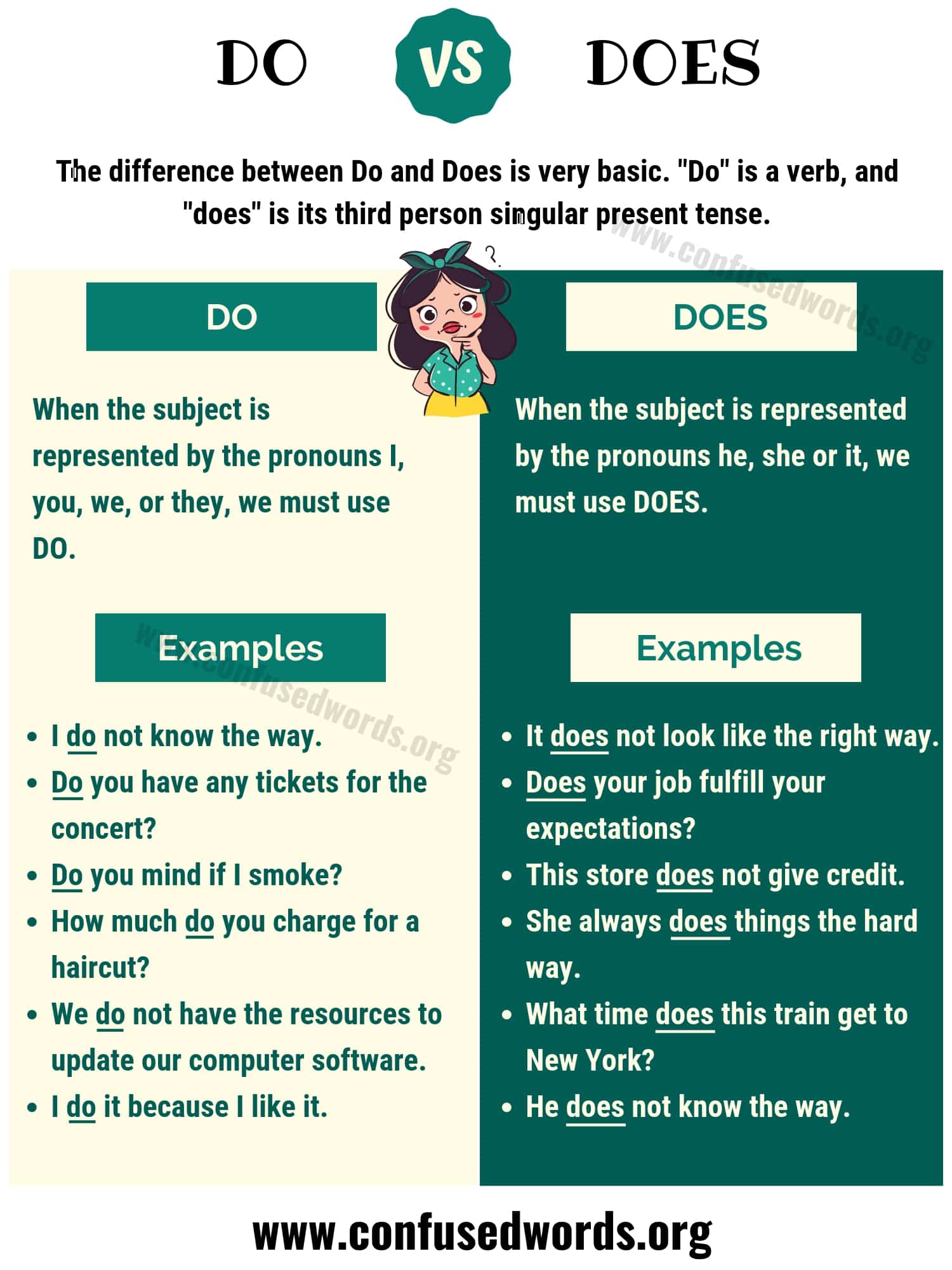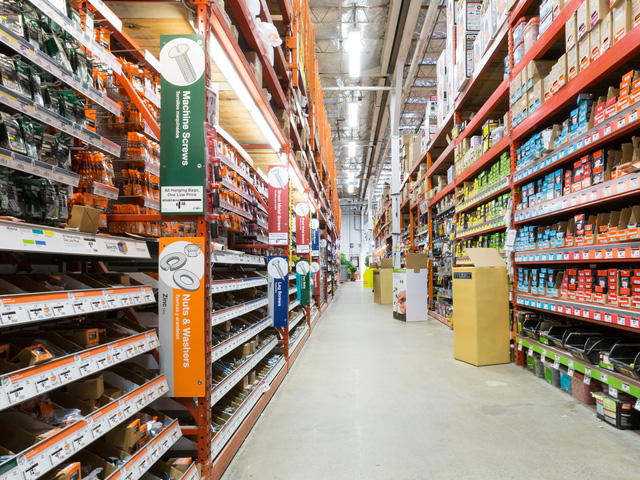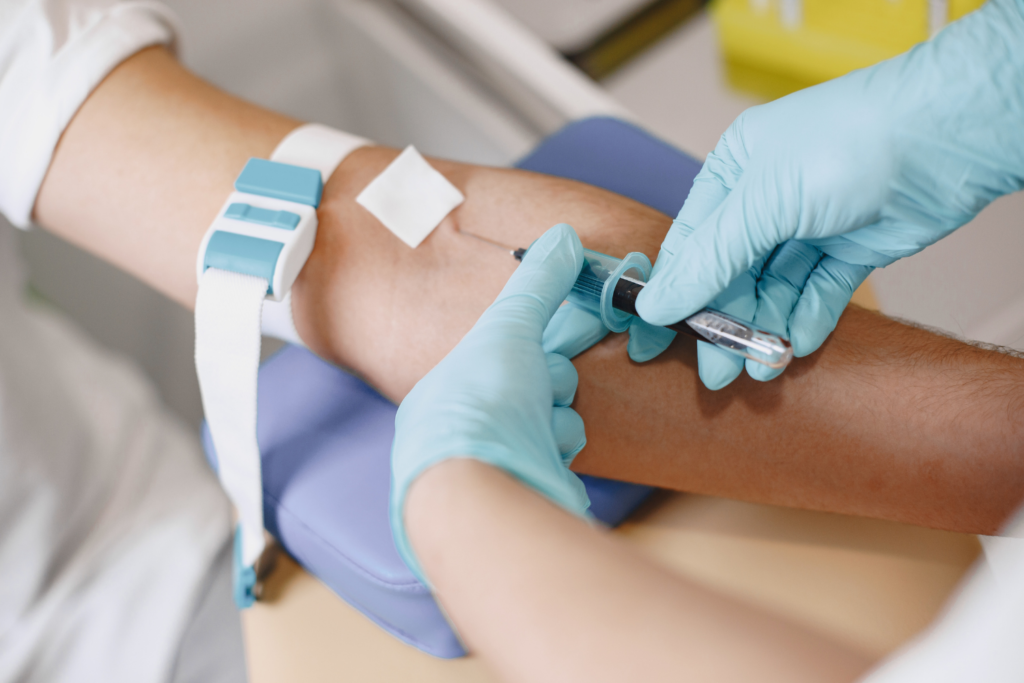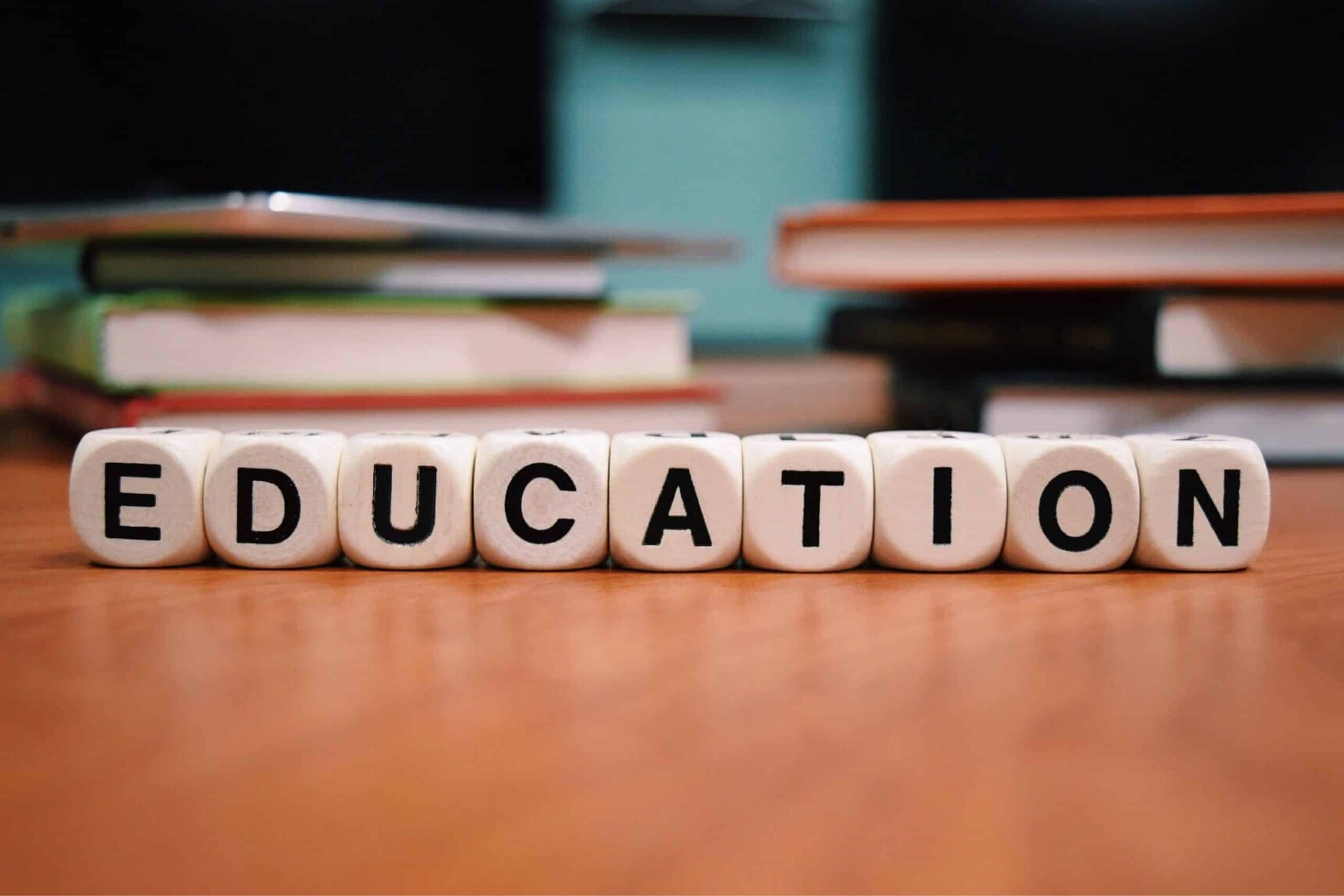Understanding Physical Science Classes: Foundation, Curriculum, and Practical Guidance
Introduction to Physical Science Classes
Physical science classes provide students with foundational knowledge in the core scientific fields of physics and chemistry , often serving as a gateway to advanced science courses in high school and college. These courses are designed to foster conceptual understanding of the natural world, encourage scientific inquiry, and develop practical problem-solving skills essential for academic and career success [1] .
Core Components of Physical Science Curriculum
The curriculum in a physical science class typically covers two major domains: introductory physics and introductory chemistry . In the physics segment, students explore motion, energy, electricity, magnetism, and waves. Chemistry topics include the properties and classification of matter, atomic structure, the periodic table, chemical bonding, and reactions [3] . Some courses also integrate Earth and space science as well as engineering practices, reflecting the interdisciplinary nature of modern science education [2] .
Physics Module
Students begin by examining motion through the lens of speed, velocity, and acceleration, applying Newton’s laws to real-world scenarios. The study of forces is extended through practical calculations of work and mechanical power. Lessons on electricity cover the law of conservation of energy, electric charge, circuit design, and the application of Ohm’s law. Magnetism and the relationship between electricity and magnetism are also explored through interactive labs and demonstrations [1] .
Chemistry Module
The chemistry segment introduces students to the different states of matter, distinguishing between elements, compounds, and mixtures. Students learn to describe physical and chemical changes, trace the development of atomic models, and identify elements using subatomic particles and the periodic table. Practical exercises include observing heat transfer, conducting simple reactions, and predicting outcomes based on atomic structure [1] .

Source: okbookshack.org
Hands-On Learning and Real-World Applications
Physical science classes emphasize hands-on experiments and interactive activities. For example, students may build electrical circuits to observe the flow of current, measure acceleration using motion sensors, or analyze chemical reactions in a laboratory setting. This experiential learning approach helps students connect theoretical concepts with real-world phenomena, fostering a deeper appreciation for science [3] .
Step-by-Step Guidance for Accessing Physical Science Courses
If you are interested in enrolling in a physical science class, follow these steps:
- Consult your school’s academic catalog or guidance counselor to determine if physical science is offered as a standalone course or integrated with other sciences [2] .
- Check the prerequisites, which may include concurrent enrollment in Algebra I or basic math proficiency [4] .
- Review the curriculum details provided by your school or district. This may include information on laboratory requirements, course length, and credit earned upon completion.
- For online or virtual options, explore state-accredited programs such as Florida Virtual School, which lists all course modules and expected outcomes [1] .
- If you are home-schooled or seeking supplementary education, look for reputable curriculum providers and review sample lesson plans to ensure comprehensive coverage of physics and chemistry fundamentals [3] .
- Contact the instructor or program coordinator for additional details about lab access, grading policies, and opportunities for advanced study.
Benefits of Physical Science Classes
Physical science classes offer several key advantages:
- Strong foundation for advanced science courses : These classes prepare students for upper-level subjects such as biology, advanced chemistry, and physics [3] .
- Development of scientific literacy : Students learn how to approach problems methodically, interpret data, and communicate findings clearly.
- Transferable skills : Logical reasoning, quantitative analysis, and teamwork developed in labs are valuable in diverse academic and career paths.
Potential Challenges and Solutions
Some students may find the quantitative aspects of physical science challenging, especially if they lack a strong algebra background. To address this, many schools recommend or require concurrent enrollment in Algebra I. For students struggling with laboratory work or scientific writing, seeking tutoring services, study groups, or additional online resources can be highly beneficial. Many programs also offer differentiated instruction and extra support for learners with diverse needs [2] .
Alternative Approaches and Course Formats
Physical science classes may be delivered in various formats:

Source: byjus.com
- Traditional classroom : Face-to-face instruction with direct teacher guidance and access to lab facilities.
- Online or virtual courses : Flexible scheduling and interactive modules, such as those offered by Florida Virtual School [1] .
- Integrated science programs : Courses that combine physical science with earth, space, and life sciences for broader exposure [2] .
Each format offers unique advantages, so consider your learning style, scheduling needs, and academic goals when selecting a course.
Pathways for Future Advancement
Successfully completing a physical science class opens doors to further study in specialized sciences, such as calculus-based physics, general chemistry, or astronomy. Many high school and college programs view physical science as an essential prerequisite for STEM careers in engineering, medicine, environmental science, and technology [4] . Students interested in pursuing these pathways should consult their academic advisor for course planning and explore related clubs, competitions, or internships to enhance their experience.
Summary of Key Takeaways
Physical science classes are a crucial stepping stone for students seeking a comprehensive understanding of the universe’s fundamental laws and properties. By combining rigorous academic content with practical, hands-on learning, these courses promote scientific literacy, foster critical thinking, and prepare students for success in higher education and the workforce. To enroll, consult your school’s course catalog, confirm prerequisites, and explore both traditional and online options for the format that best suits your needs.
References
- [1] Florida Virtual School (2025). Physical Science Course Overview and Curriculum.
- [2] Virtual Arkansas (2025). Physical Science – Integrated Course Information.
- [3] It’s Not Rocket Science Classroom (2021). Comprehensive Physical Science Curriculum Guide.
- [4] Marshall University (2025). Physical Science Course Catalog.
MORE FROM 9scholarships.de













